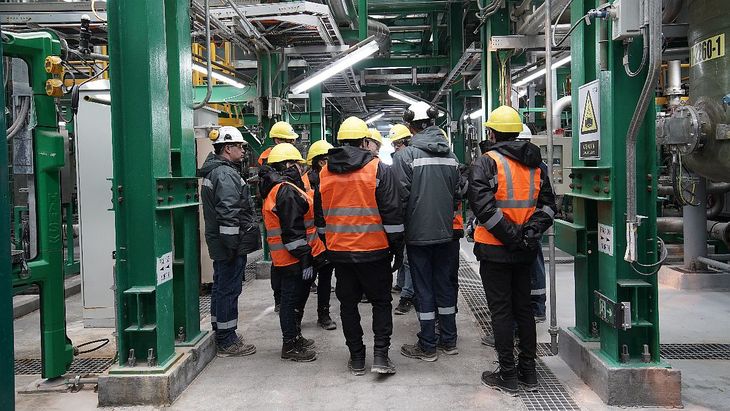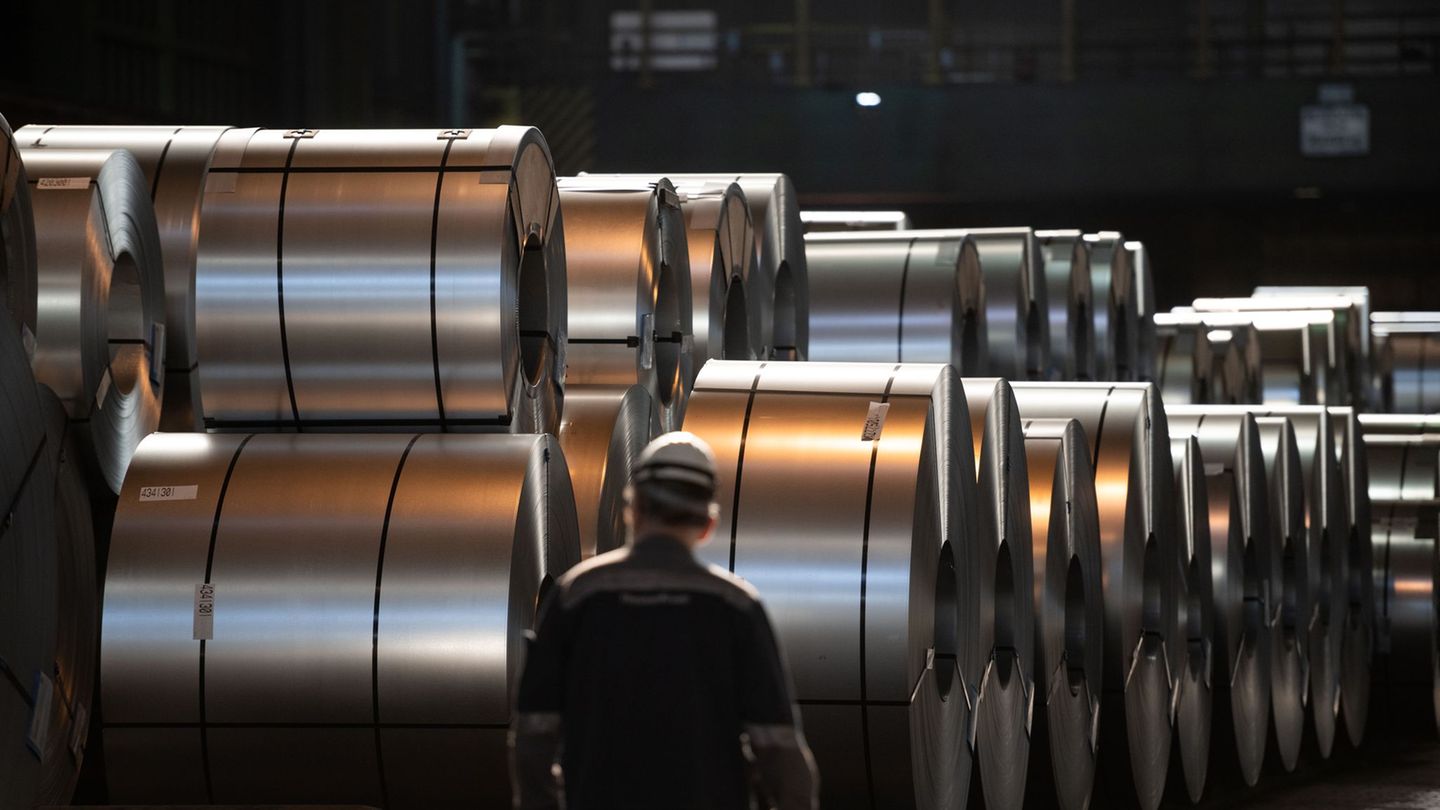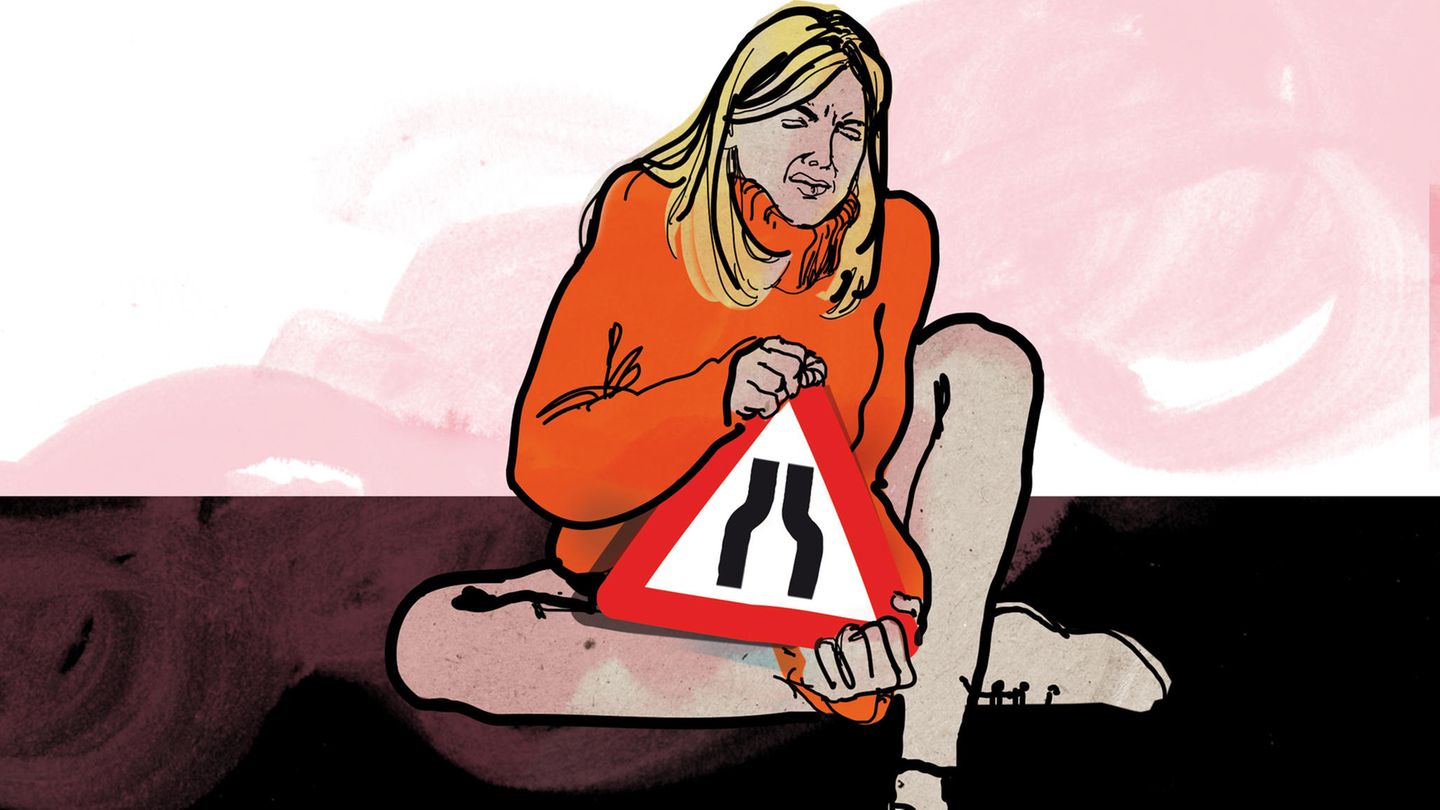How was the development of industrial activity in general?
The manufacturing IPI at a general level has fallen for 17 consecutive months year-on-year. The worst losses in that period were in March this year (-21.4%), followed by June (-20.2%), April (-16.5%) and May (-15%). Last summer also had complex numbers: in December of 2023 it sank 12.9% and in January,12.3%. Regarding the seasonally adjusted measurement, that is, the comparison of the last month against the previous one, in December 2023when the 54% devaluation occurred, the IPI collapsed 6.6% against November. The main monthly falls were for March (-4%) and June (-1.7%), while In July it rebounded 9.3%.
Another index published by INDEC, and which also serves as a thermometer to measure how industrial activity is doing, is the use of installed capacity. Thus, between the last two years, The worst levels were exhibited in December 2023 (54.9%), and January (54.6%). Subsequently, a gradual recovery began, although with bumps. Thus, in the following months, the indicator behaved as follows: February (57.6%), March (53.4%), April (56.6%), May (56.8%), June (54.5%), July (59.7%), August (61.3%), and September (62.4%). Although a gradual improvement was recorded, the use of installed capacity is still below the values of November 2023 (66.4%).
Winners and losers of 2024: the keys to take into account
This year, the industry presented widespread declines in almost all sectors. In this regard, Daniel Schteingartmaster in Economic Sociology from UNSAM, expressed that “What fell the most are the sectors with high exposure to the domestic market and elastic demand. An example would be the electronics and the household appliances. The automobiles “They are also in that category, but since a relevant part goes to the Brazilian market, it does not depend so much on the local cycle.”
In contrast, he highlighted that the essential goods like the food They did not fall as much (one of the patterns that had an impact was the end of the drought that impacted some industrial segments such as milling). “Another sector that performed decently was fuel refiningbasically that has more to do with the mobility of people and transportation and is not pro-cyclical,” Schteingart added.
According to Orlando Ferreresthe production of machinery and equipment registered a drop of 8% in October, a slowdown compared to the falls in August (-21.5%) and September (-17.2%). Accumulates in 2024, a contraction of 21.4%. For its part, the production of base metals, which fell 14.8% annually during October, shows no signs of recovery, and has accumulated a drop of 22.2% in 10 months, the same measurement highlighted.
Finally, the input sector for construction It had the worst result of the month, recording a contraction of 21.1% for October, and contracting 26.7% in the accumulated of the year compared to 2023. On the other hand, food and drinks In October it had an annual growth of 25.2%, and accumulated an expansion of 8% for the ten months since.
construction work in australia.jpg
Construction had a drop of 16.6% in September, according to the INDEC’s Monthly Estimator of Economic Activity.
Public works at zero and a blow to construction
One of the guidelines to achieve a fiscal surplus was a sharp drop in public spending. In this regard, the economist Gonzalo Semilla, Head of CREEBBArecalled the main cuts decided by this Government: the reduction to practically zero of public works, the reductions in subsidies (transport, public services, etc.), transfers and co-participation to the provinces. In addition to the loss in registered salaries of the public sector (about +3.5 million people) and retirees (+7.3 million).
This left one of the big losers of the year: construction had a drop of 16.6% according to the Monthly Estimator of Economic Activity of the INDEC (EMAE) for September. “The importance of public spending on public works is evident, which strongly drives construction in general. As a consequence of this drop, the workforce in the sector is notably impacted,” Semilla explained, and added: “The other segment that shows signs of strong weakness are the salaries and pensions of the public sector, impacting family consumption and therefore the sales of supermarkets, purchasing centers and wholesale supermarkets with significant falls of 11.6%, 9.9% and 14.4%, respectively, accumulated as of September according to INDEC.”
Arcadium lithium industrial plant.jpg

Most industry sectors had setbacks in 2024.
Heavy industry and agriculture: what 2024 left behind
The automotive, textile, rubber and plastic, metalworking and chemical products industries showed strong declines in their production activities. Instead, oil refining It is evolving at a good pace, even if one looks at the INDEC Mining Industrial Production Index, whose accumulated variation reaches 6.4% as of October of this year, leading precisely the crude oil and natural gas sector, Semilla highlighted.
Regarding agriculture, the economist CREEBBAexpressed: “It is a sector that depends on the Industrial Manufacturing Production Index (INDEC’s IPIM), and in October, The accumulated variation reached -11.6%, practically coinciding with the previously mentioned indicators (ICU, MDI). Large declines are found in lumber, paper and publishing, clothing and footwear, and furniture, among others.”
SMEs: sharp drop in production and sales
There are three problems that can summarize what happened to this sector in 2024: decline in sales, production and employment. This is what he assured Scope, Federico Poliexecutive director of SME Observatory. One of the points that caught the most attention was that the drop in production was greater than sales, which was due – as he explained – to the fact that The companies still had a large accumulated stock.
Thus, production fell 17% in the second quarter and 13% in the third quarter, while sales are one step away from being in positive territory. In addition, Employment is at the worst levels since 2015contracted 6% in the second quarter, and 7% in the third. “For 2025 there are several challenges: an increase in costs (spending on energy doubled, and the weight of taxes as gross income and municipal rates), there is a drop in profitabilityand the replacement of production by imports. Even so, there is optimism in the sector.”
2025: guidelines to understand what is coming
“The prospects for next year are anchored under a scenario of inflationary slowdown (28% annually), low interest rates (25%), increase in productive credit, mortgage, salaries, exports (US$83 billion), with similar trade surplus (US$16 billion), and special participation of the oil and gas sectorincipient appearance of mining sector all associated with the RIGI (Large Investment Incentive Regime) and consolidation of the knowledge economy sector that contributes approximately 10% of national exports,” he explained Seed.
While Schteingart contributed: “The agribusiness have moderate growth, the branches of durable goods They will have a growing demand but supplied by imports so local production, if it grows, will do so little. And then there are some items such as textiles and clothing that are semi-durable, which probably also have their impact with imports. “The best scenario is that they grow little and the worst is that even with growth they have a certain decline.”
Source: Ambito
I am an author and journalist who has worked in the entertainment industry for over a decade. I currently work as a news editor at a major news website, and my focus is on covering the latest trends in entertainment. I also write occasional pieces for other outlets, and have authored two books about the entertainment industry.




